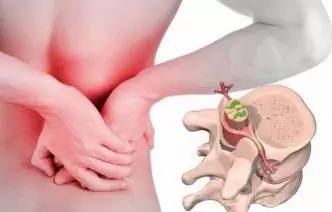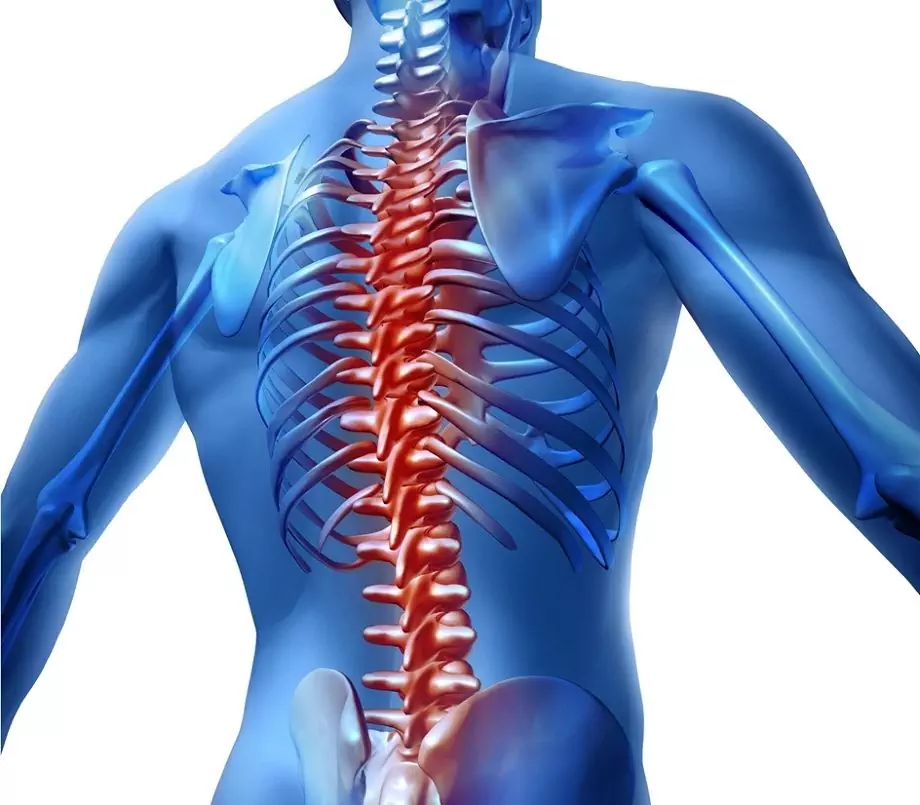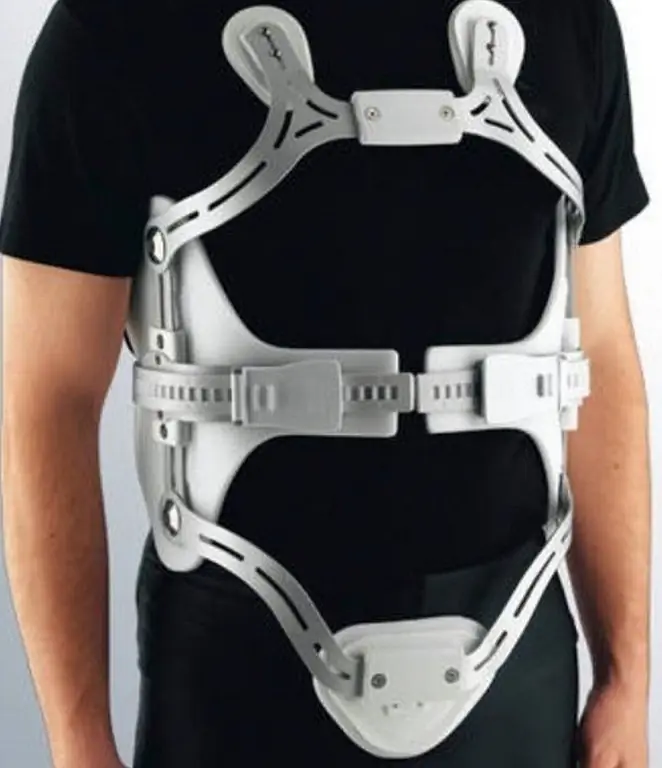How to live with a hernia of the spine?
A healthy back is a gift of fate that must be very carefully preserved. But who among us thinks about prevention when nothing bothers you! We not only do not try to protect our spine from damage, but also provoke diseases ourselves. Of course, no one does this on purpose. But the picture is depressing in any case. So, is there life with a hernia of the spine?

The situation is under control
If the back does not hurt yet, this does not mean that everything is in order with it. There is information that about 40-50% of the population of developed countries acquire diseases of the spine by the age of 30. True, the majority does not even know about it and continues to ruin their backs. But you can check your health literally in 20-30 minutes! You just need to do an MRI of the spine. And if violations have already appeared, then you will have to slightly change your lifestyle and control the situation - at least once every 2-3 years to undergo diagnostics and save your pictures. Now everyone can have an MRI of the spine in Moscow or a small provincial town in Russia. The residents of the regions even have an advantage - in the provinces, the prices for medical services are lower.
Where does an intervertebral hernia come from?
Almost no one is immune from a hernia, but there are more chances of becoming "happy owners" of an unpleasant disease in:
- office workers who sit all day, buried in a monitor or paper;
- loaders and representatives of professions who often bend over or experience constant vibration from mechanisms and machines;
- fanatical adherents of strength training and barbells;
- people with excess weight and impaired metabolism.
Does the above have nothing to do with you? You shouldn't hope for a miracle anyway. In Moscow, the cost of an MRI of the spine starts at 7,000 rubles, one department can be checked even for 3-4,000 rubles. And you can still save a lot if you sign up for the promotion period or use the services of the MRT-kliniki.ru website. This is a service that collects information about dozens of clinics. Here you can not only compare prices, but also get a discount on examinations. And he who is forewarned is armed. And now we will explain why.
Is a hernia permanent?
Fortunately, no. This is absolutely not a verdict or even a direct route to the operating table or wheelchair. In most cases, the disease proceeds in several stages, approximately according to the following scenario:
- The initial stage lasts about 3-4 months, this is the stage of exacerbation. A crack in the annulus fibrosus can grow more and more, and the nucleus pulposus can protrude into this "pocket".
- For the next 2-3 months, the hernial sac gradually dries out, the crack heals, the inflammation disappears. By the end of the second stage, the “ghoul” usually decreases by about 2 times. If you regularly do an MRI of the spine, then all this can be seen with your own eyes.
- Over the next 6 months, a part of the nucleus pulposus that has fallen into the defect of the annulus fibrosus continues to dry out and becomes like dried glue that has come out of the hole in the tube, and may even completely dissolve (depending on the individual characteristics of the organism). The annulus fibrosus continues to scar and is additionally closed with a "plug" of dehydrated core material.
- Further, up to a year, scarring continues with the replacement of the defect with connective tissue, which has fallen into the "trap". The fragment (if it still remains) is sclerosed and then calcified. The so-called "conditional recovery" comes.
According to this scenario, up to 90% of the disease develops, the remaining 10% account for serious complications (up to paresis of the legs or urinary incontinence).
Recovery is called "conditional" because the previously damaged disc becomes lower and loses its cushioning properties. The risk of hernia recurrence in it is minimal, but the neighboring ones get hit, because they have to compensate for the entire load for themselves and “that guy”, that is, for the conditionally recovered IVD.
Can you breathe a sigh of relief?
The situation needs to be controlled, and in some cases, the operation really cannot be avoided. And here high-quality diagnostics, consultation with a good doctor and a healthy lifestyle come to the fore. You will probably not be intimidated by the cost of an MRI of the spine, or the restrictions. What is so terrible about swimming or exercise therapy? The main thing is not to be afraid of the disease and not to start it. With an intervertebral hernia, you can live happily ever after!
Found a mistake in the text? Select it and press Ctrl + Enter.







